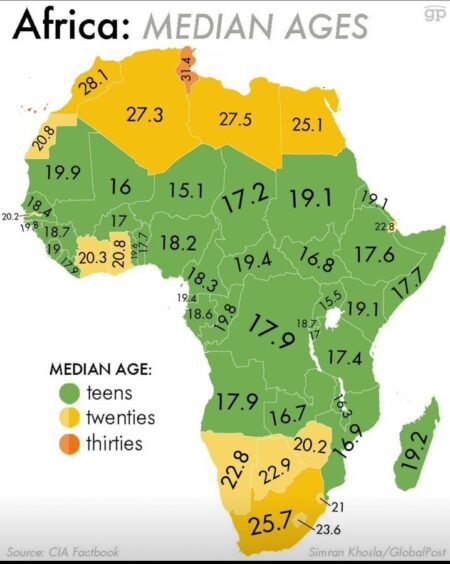Families across the globe are increasingly unable to access and afford a diet needed for a healthy life due to loss of income, price increases and disruption in food and health care systems.
This is according to new research that indicates that in many populous low- and middle-income countries, the COVID-19 pandemic and its socio-economic effects are projected to cause a devastating increase in child malnutrition, a difficult situation that is likely to get worse if no urgent action is taken.
The Standing Together for Nutrition consortium (ST4N) research suggests that without immediate action, an additional 283,000 malnutrition-related deaths in young children are estimated by 2022 – equivalent to an additional 258 children dying per day.
Food Insecurity in Zimbabwe: A Crisis in the Making?
For those who survive, an additional 3.6 million stunted children will be affected by life-long physical and cognitive impairments, and 13.6 million more will become wasted with a high risk of death.
Published in Nature Food, the research also projects that an additional 141 million people, on top of the estimated 3 billion, cannot afford a healthy diet due to the COVID-19 pandemic.
Furthermore, the proportion of the population that cannot even afford half the cost of a healthy diet in the 63 countries modeled is expected to have increased from 43% to 50% in 2020 since the onset of COVID-19 pandemic.
Commenting on the research, Dr Saskia de Pee, of the UN World Food Programme, stated that new malnutrition projections should be a wake-up call.
He added that facing loss of income coupled with high food prices, millions of vulnerable families are at risk of falling into malnutrition.
“Closing the affordability gap and ensuring good nutrition for all – especially children, adolescent girls and pregnant and breastfeeding mothers – is crucial for saving lives today and securing families and nations’ future health and development. Getting nutrition right today will determine whether the consequences of COVID-19 will be felt for months, years or decades to come,” he said.

Lawrence Haddad, Executive Director of GAIN and ST4N co-convenor, said the immediate impact of the pandemic on young children’s lives has turned back the nutrition clock by at least ten years.
He added that it also threatens to shape a child’s forward trajectory, making them less likely to survive the next illness, less likely to do well in school and more likely to live in poverty as adults.
“The widespread economic downturn has meant that the poorest have become even poorer and the number of people struggling to access nutritious food is increasing every day. This is absolutely avoidable: we have the tools and solutions. Now we need bold investment and action. It’s time to make nutrition action a part of every COVID-19 response,” he said.
Dr. Saskia Osendarp, Executive Director of Micronutrient Forum and ST4N co-convenor, said the findings of the ST4N consortium clearly shows that an unprecedented nutrition crisis is looming, even more so with the COVID-19 pandemic accelerating in many low- and middle-income countries.
According to Osendarp , an additional 13.6 million children are at risk of becoming acutely malnourished, and 3.6 million more children may be stunted in 2022.
“This will have an everlasting impact on their lives, their families and their countries, and like in any crisis, women and children are disproportionally affected. The futures of an entire generation are in jeopardy. COVID-19 response needs to build resilience and nutrition or may face an additional 44 billion US$ in economic productivity losses due to these additional cases of child malnutrition. There are solutions to correct the course – let’s stand together for nutrition.”
High food prices push Nigeria’s annual inflation
The research said a decade of hard-won gains in the global fight against malnutrition will be lost – and economic productivity losses estimated at $44.3 billion- for failure fail to address the looming malnutrition crisis around the world.
“Spending projections suggest official development assistance for nutrition-relevant sectors will not return to 2019 levels until 2030, at the earliest. And even then, it will not be enough,” the research says.
The ST4N research contains concrete recommendations for action by different stakeholders, including governments, donors, civil society, to improve access to nutrition and greater gender equality.











